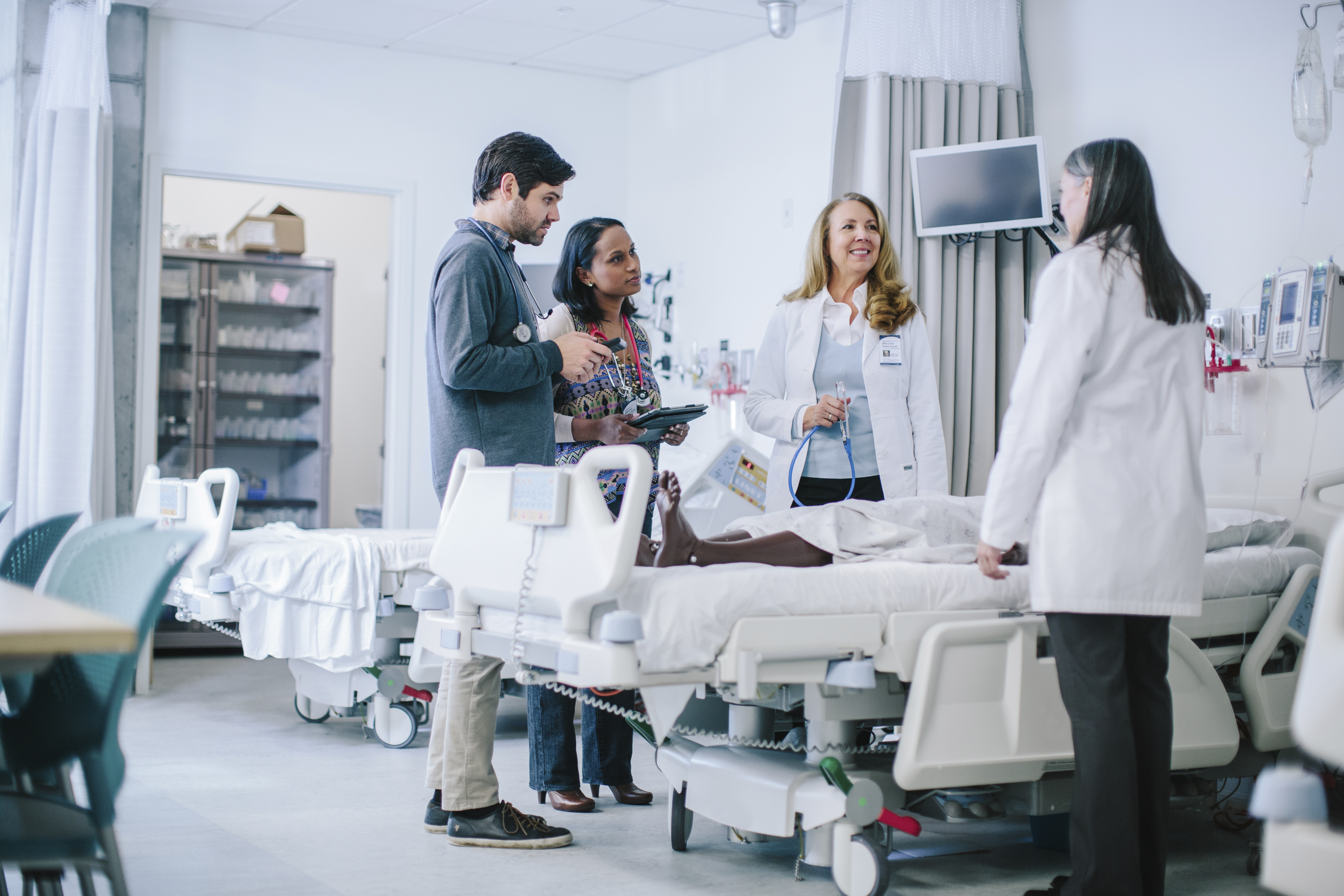
Not too long ago, I recall my hospital patients repetitively inquiring, “When can I go home?” Frequently, my response was, “Not a day longer than you need to be here, nor a day shorter.” I was not trying to be audacious, but as many know, an exact time frame was not always possible since a person’s illness, and the progression of health is variable. However, I did inform them that my goal was to have them return home as early as possible without compromising their health status. It behooves us to consider medical education in the same light.
Currently, a timeframe model defines the course work in medical schools and residency programs. For instance, clinical rotations last for a given period. There is the usage of milestones and grades for continuation; however, the time allotted remains the same. Unfortunately, this does not account for numerous present-day situations, including students learn at a different pace, circumstances arising from the desire to balance life and training, and the ability for those to move on once they are proficient in the skills needed.
What drives the need for these minimal time requirements? Currently, state licensing requirements mandate the amount of training time. For example, for physician licensing, they require a given number of years with a minimum of 110 weeks of supervised clinical experience. Undoubtedly, there is value in obtaining additional practice, but how is 110 determined as the “exact” correct amount of time?
In their article “Pathways to Independent Primary Care Clinical Practice: How Tall is the Shortest Giant?” Dewan et al. utilized a baseball analogy to illustrate the above points. Once of legal age, you may join their system at any point; however, there are numerous levels that are available to move through, such as A, AA and AAA minor leagues. Interestingly, based on a player’s ability, they may skip a level, spend more or less time in each tier, and even go back and forth between them based on their abilities. This isn’t a perfect comparison, yet nonetheless, a provocative thought.
The Accreditation Council for Graduate Medical Education (ACGME) is doing an excellent job pivoting to a milestone basis for progression during residency. However, coupling this progression model with state agencies in addition to medical schools is a solution worth considering. Additionally, educational debt is a significant driver of student decisions to obtain a specialty based on potential income. Decreasing the length of time for those attending medical school if they meet progression requirements would be one way to lower these financial factors.
Furthermore, it is worth investigating if residencies fit the same profile. Of note, the opposite effect occurred when the resident workweek became a maximum of eighty hours without extending the length of the program. According to many surgical specialties, this led to suboptimal training and the need for stronger oversight for the resident entering practice.
Regardless of the situation, adjusting our thinking to a skill-based approach of progression versus a time-sensitive model may be beneficial and advance as well as improve, our educational models. As well as provide a more individualized review of the student, their qualifications and the path that is right for them as this model will highlight the student as an individual learner versus one in a class of many.
